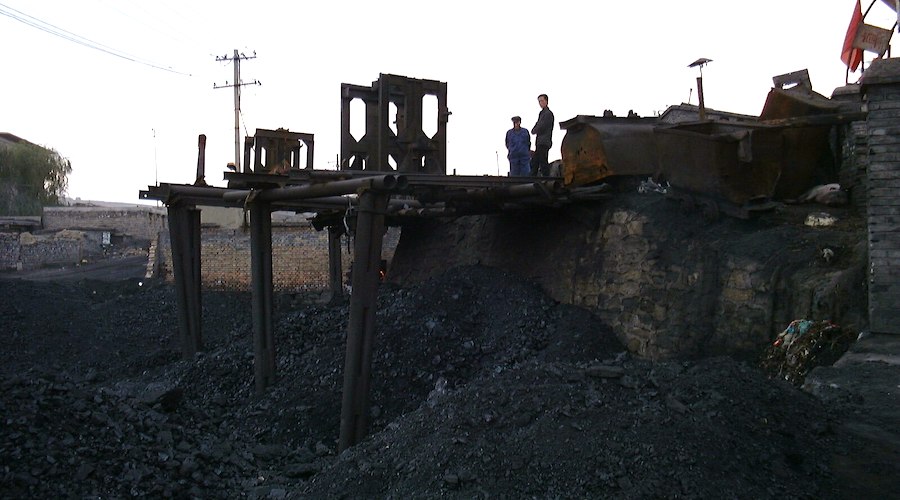Bloomberg News | December 26, 2023

Coal mine dump in China.
(Reference image by Peter Van den Bossche, Wikimedia Commons.)
China’s regulator on Monday rebuked officials for two recent disasters at coal mines in Heilongjiang province that killed 23 people, in a rare public censure that blamed the local authorities for overlooking threats to safety.

The country is facing more frequent coal mining fatalities as pressure has mounted to raise output to record levels and ensure energy security. At the same time, the government has shifted its approach tohow it deals with incidents by exempting well-run operations from the consequences of deadly accidents, which can include widespread halts to mines while safety inspections are conducted.
In a separate release on Monday, the National Mine Safety Administration added 53 mines to its favored list, bringing the total for the year to 124.
Heilongjiang, which accounts for just 2% of China’s coal output, has seen 20 accidents this year, according to the administration. The latest involved 12 deaths after the derailment of a coal wagon in a mine shaft. In late November, a gas explosion at another mine killed 11. Both of the companies involved had previously been punished for safety violations.
China’s carrot-and-stick approach to mine safety is aimed at winnowing out smaller, poorly managed private mines, while incentivizing larger, better-run state operations that have spent more on safety to get on the exempted list.
There they can enjoy other benefits beyond avoiding inspections, including more favorable capacity-swap rules that allow mines to add more capacity than they retire, as long as it’s over a certain size.
China’s regulator on Monday rebuked officials for two recent disasters at coal mines in Heilongjiang province that killed 23 people, in a rare public censure that blamed the local authorities for overlooking threats to safety.

The country is facing more frequent coal mining fatalities as pressure has mounted to raise output to record levels and ensure energy security. At the same time, the government has shifted its approach tohow it deals with incidents by exempting well-run operations from the consequences of deadly accidents, which can include widespread halts to mines while safety inspections are conducted.
In a separate release on Monday, the National Mine Safety Administration added 53 mines to its favored list, bringing the total for the year to 124.
Heilongjiang, which accounts for just 2% of China’s coal output, has seen 20 accidents this year, according to the administration. The latest involved 12 deaths after the derailment of a coal wagon in a mine shaft. In late November, a gas explosion at another mine killed 11. Both of the companies involved had previously been punished for safety violations.
China’s carrot-and-stick approach to mine safety is aimed at winnowing out smaller, poorly managed private mines, while incentivizing larger, better-run state operations that have spent more on safety to get on the exempted list.
There they can enjoy other benefits beyond avoiding inspections, including more favorable capacity-swap rules that allow mines to add more capacity than they retire, as long as it’s over a certain size.
No comments:
Post a Comment